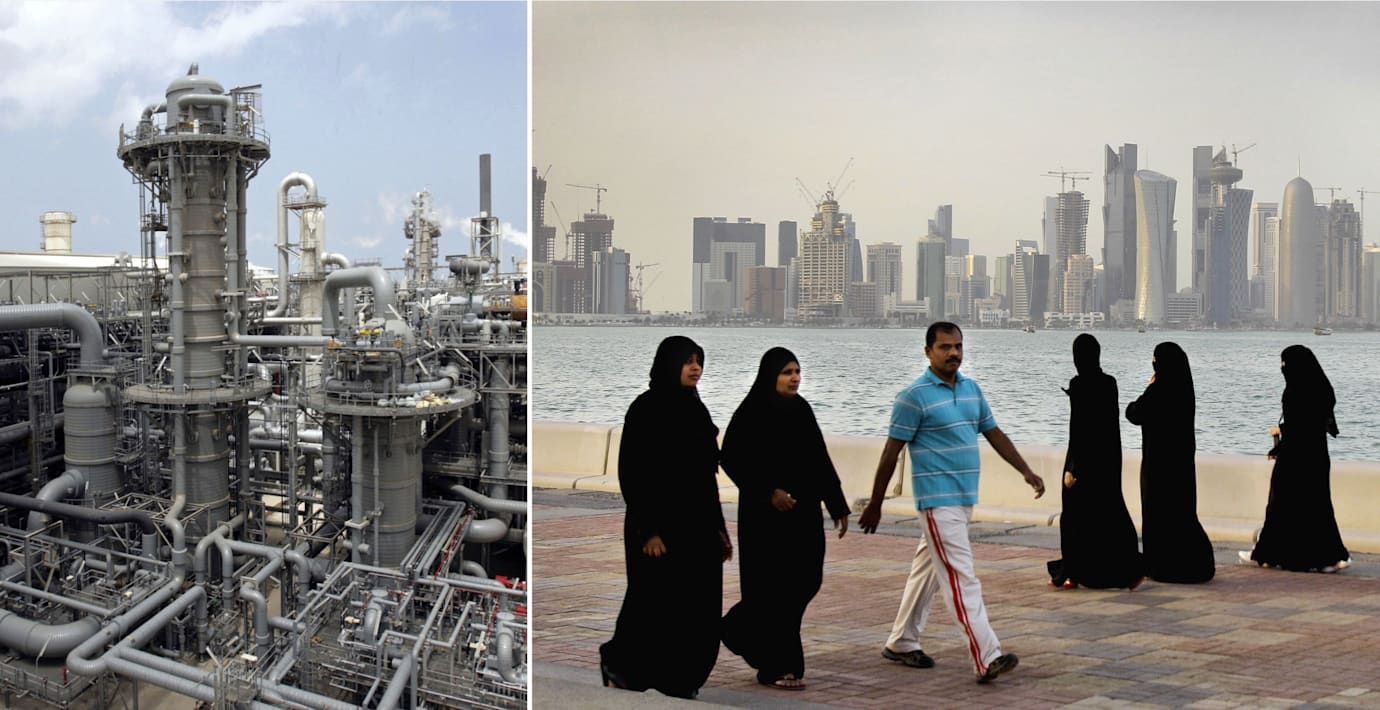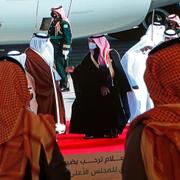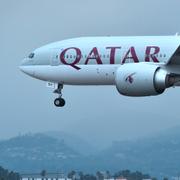
Bakom konflikten med Qatar: 22 års bråk om gas
1995 avsatte Qatars förre emir sin saudivänlige far. Samma år skeppades den första lasten med flytande naturgas från landet. Båda händelserna är viktiga pusselbitar i den nuvarande konflikten där Qatar isoleras av sina grannländer, skriver Bloomberg.
Under de följande 22 åren har Qatar blivit både världens största exportör av flytande naturgas och världens rikaste land. Men det viktigaste gasfältet delas med Iran – Saudiarabiens värsta fiende.
– Qatar brukade vara en slags saudisk vassalstat, men använde autonomin som gasförmögenheten skapade för att ge sig själv en självständig roll. Resten av regionen har letat efter en möjlighet att klippa Qatars vingar, säger Jim Krane, energiforskare vid Rice University, till Bloomberg.
bakgrund
Flytande naturgas
Wikipedia (en)
Liquefied natural gas (LNG) is natural gas (predominantly methane, CH4, with some mixture of ethane C2H6) that has been converted to liquid form for ease of storage or transport. It takes up about 1/600th the volume of natural gas in the gaseous state. It is odorless, colorless, non-toxic and non-corrosive. Hazards include flammability after vaporization into a gaseous state, freezing and asphyxia. The liquefaction process involves removal of certain components, such as dust, acid gases, helium, water, and heavy hydrocarbons, which could cause difficulty downstream. The natural gas is then condensed into a liquid at close to atmospheric pressure by cooling it to approximately −162 °C (−260 °F); maximum transport pressure is set at around 25 kPa (4 psi).
LNG achieves a higher reduction in volume than compressed natural gas (CNG) so that the (volumetric) energy density of LNG is 2.4 times greater than that of CNG or 60 percent that of diesel fuel. This makes LNG cost efficient to transport over long distances where pipelines do not exist. Specially designed cryogenic sea vessels (LNG carriers) or cryogenic road tankers are used for its transport. LNG is principally used for transporting natural gas to markets, where it is regasified and distributed as pipeline natural gas. It can be used in natural gas vehicles, although it is more common to design vehicles to use compressed natural gas. Its relatively high cost of production and the need to store it in expensive cryogenic tanks have hindered widespread commercial use. Despite these drawbacks, on energy basis LNG production is expected to hit 10% of the global crude production by 2020.(see LNG Trade)
Omni är politiskt obundna och oberoende. Vi strävar efter att ge fler perspektiv på nyheterna. Har du frågor eller synpunkter kring vår rapportering? Kontakta redaktionen



